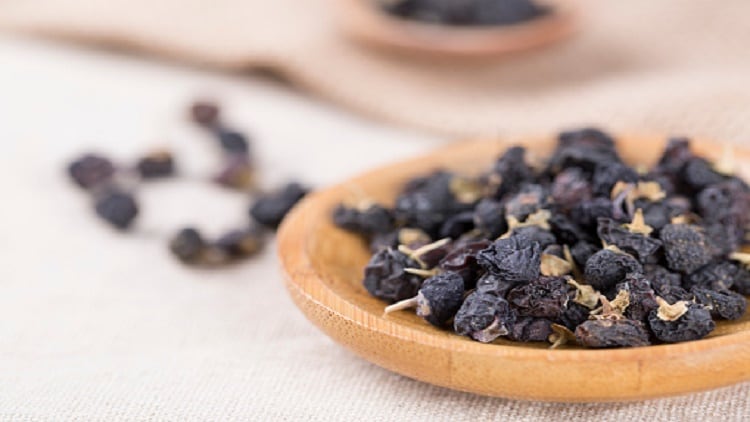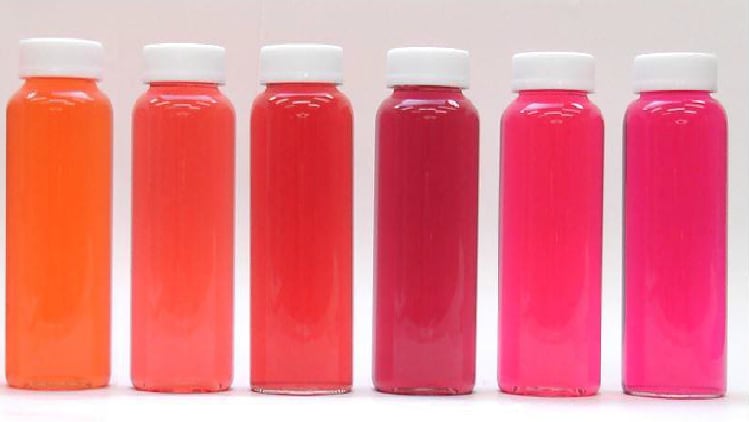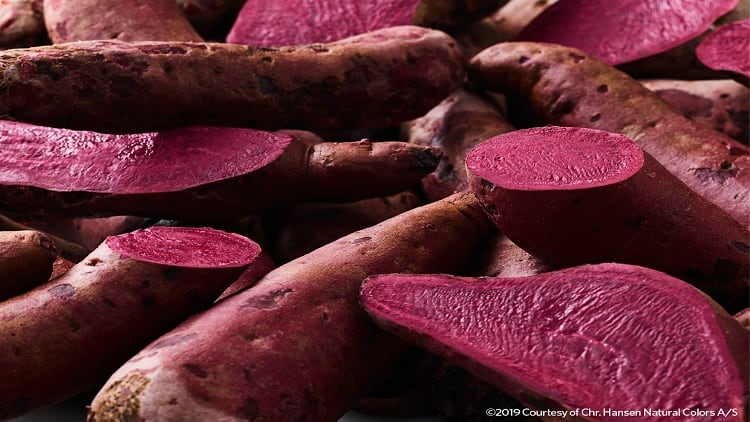A group of researchers have described black goji as a “promising source for natural colorants.”
The study, published in Food Chemistry, took place in Shanghai, where researchers extracted black goji pigments from the dried fruit.
It was found that the extracts exhibited a similar “red-purple-blue” pattern of colour expression as the pH increased from acidic to alkaline.
Red hues were expressed in acidic conditions, which gradually turned colourless in mildly acidic condition.
When in neutral to alkaline pH conditions, the extracts exhibited vivid purple, blue, and greenish-blue colours. At pH 10, all of the extracts quickly faded in colour.
“Although the overall pattern ‘red-purple-blue’ was the same, the colorimetric properties of black goji anthocyanins were entirely influenced by purification procedures, and acylation, in that there were pronounced discrepancies among these extracts and isolates throughout the whole pH ranges tested,” the researchers said.
Colour stability
The stability of black goji colour was greatly influenced by its composition, acylation, and pH level.
“It is noteworthy to find that the stabilities of black goji extracts and isolates were superior at pH 8 than that in any other pH environment, which might be explained by their pH-dependent transformation in structure configuration.
“Acylation not only strengthened the colour retention in mildly acidic condition, but also enhanced the tinctorial strength and stability of pigments,” the researchers said.
In addition, the black goji anthocyanins are relatively stable under acidic conditions and became “vulnerable to degradation as pH increases”.
For example, at pH 3 and 4, the changes detected in all of the extracts and isolates of black goji were less than five when stored in refrigerated conditions in the dark for three weeks. Whereas at neutral and alkaline pH, the discrepancy became greater.
In conclusion, they said that the study demonstrated that black goji was a promising source for natural colorants, since it was able to produce various vivid hues over a wide range of pH.
“The major pigment, petunidin-3-trans-p-coumaroyl-rutinoside-5-glucoside, with strong stability and attracting vibrant hues, would broaden the choices of natural pigments in food industry, catering to the current trends of shifting from artificial colorant to natural alternatives,” the researchers concluded.
Source: Food Chemistry
Black goji as a potential source of natural colour in a wide pH range
https://doi.org/10.1016/j.foodchem.2018.07.034
Authors: Peipei Tang, M. Monica Giusti





